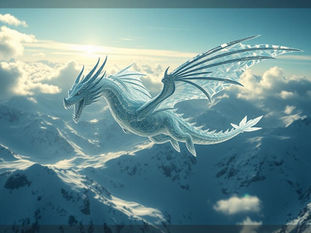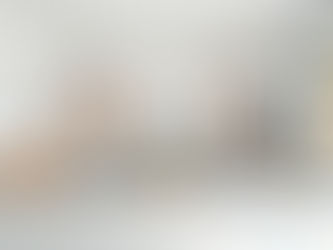
Improve Your Midjourney Images: Essential Prompt Tips
May 17
3 min read
0
1
0

Getting great images from Midjourney requires crafting the right instructions, known as prompts. A good prompt tells the AI exactly what you want, leading to better and more predictable results. If you've been wondering how to get more specific or exciting images, mastering a few prompt techniques can make a big difference.
Understanding Basic Prompt Structure
A simple prompt is just a word or a short sentence describing what you want to see. But for better results, you need more detail. Start with the main subject you want.
Example: Instead of just "cat", try "orange cat sitting on a fence".
Think about adding description words. What is the cat doing? Where is it? What time of day is it? What is the style of the image?
Subject: The main focus (e.g., orange cat)
Action: What the subject is doing (e.g., sitting on a fence)
Setting: Where it is (e.g., a sunny backyard)
Style: How the image should look (e.g., watercolor painting)
Putting these together helps Midjourney create something closer to your vision.
Adding Detail to Your Prompts
More specific details usually lead to more specific results. Think about sensory details – colors, textures, lighting, mood. Use descriptive words that paint a clear picture.
[P]Bad Example: "city photo"
Good Example: "photo of a busy street in Tokyo at night, neon signs glowing, slight rain on the pavement"[/P]
Consider camera angles or types of shots if that's important for your image. Think about the atmosphere you want to create. Is it calm, chaotic, mysterious?
Using Keywords Effectively
Specific keywords can guide the style quite a bit. Terms like "cinematic lighting," "studio photo," "concept art," or names of art movements (like "impressionist") can strongly influence the output. Try experimenting with different keywords to see how they change your results.
If you find making lots of specific prompts takes time and effort, consider ways to streamline your process. Tools like the Midjourney Automation Suite can help manage and generate prompts more efficiently. Discover how it can speed things up at titanxt.io.
Working with Parameters
Midjourney has parameters you add to the end of your prompt starting with "--". These change how the image is generated, not just what is in it.
--aspect [width:height]: Sets the image ratio (e.g., --aspect 16:9)
--v [number]: Selects a specific version of the Midjourney model (e.g., --v 5.2)
--stylize [number]: Controls how strongly the default Midjourney style is applied (e.g., --stylize 1000)
--niji [number]: Uses the Niji model, often better for anime style (e.g., --niji 5)
There are many more parameters, like --seed for getting similar results again, --no for negative prompting (telling it what *not* to include), and --quality. Learning how to use these gives you finer control over your final image.
Checking and Refining Your Work
Generating images is an iterative process. Look closely at the images Midjourney gives you. What worked? What didn't? Use that feedback to adjust your prompt.
If one part isn't right, try changing just that part of the prompt. If the style isn't what you wanted, try adding different style keywords or adjusting the --stylize parameter. Don't be afraid to generate variations ([/variate] button) based on a result you almost like.
Sometimes, major changes require starting with a new prompt. Keep notes on what prompts and parameters gave you the results you liked. This helps you build upon what worked before and avoid repeating mistakes.
Managing many prompt versions and tracking results can be cumbersome. For a smoother workflow, look into automation tools designed for Midjourney users, like the Midjourney Automation Suite from TitanXT. Learn more and get started at titanxt.io.
Conclusion
Creating effective Midjourney prompts is a skill that improves with practice. Start with clear subjects, add descriptive details, use parameters to fine-tune the output, and always analyze your results to refine your approach. By following these simple steps, you can move beyond basic images and start creating the specific visuals you envision.






